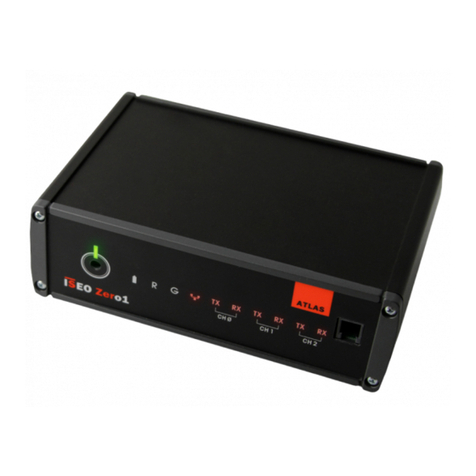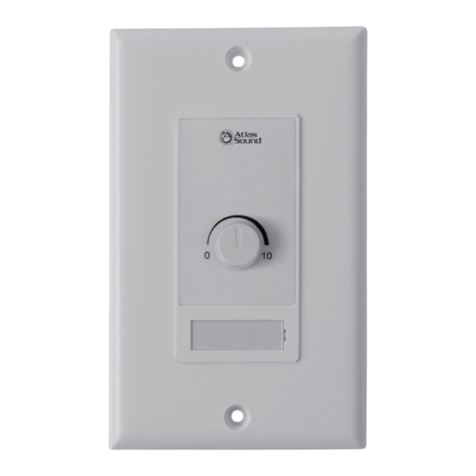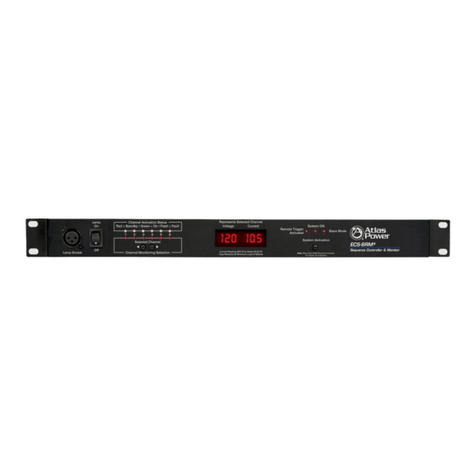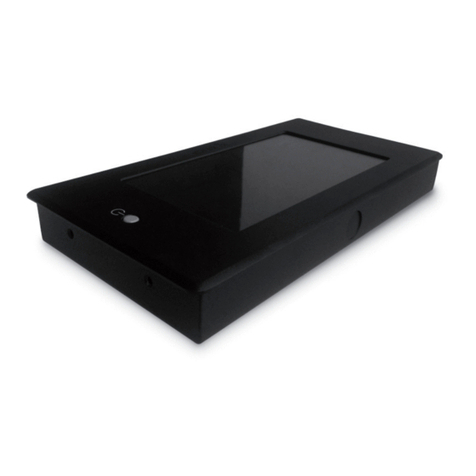
1 Safety instructions ......................................................................................................................................... 5
1.1 Explanation of the symbols ........................................................................................................................ 5
2 Software description...................................................................................................................................... 6
3 General operating instructions ..................................................................................................................... 7
3.1 Menu structure ........................................................................................................................................... 7
3.2 Touch screen layout ................................................................................................................................... 8
3.2.1 Screen structure ................................................................................................................................... 9
3.2.2 Numeric keypad .................................................................................................................................. 10
3.2.3 Arrow buttons ...................................................................................................................................... 10
3.2.4 Function buttons.................................................................................................................................. 10
3.2.5 Menu buttons ...................................................................................................................................... 10
4 Basic functions............................................................................................................................................. 11
4.1 Turning the instrument on and off ............................................................................................................ 11
4.2 Starting a test ........................................................................................................................................... 11
4.3 Modifying the shutdown criteria for an ongoing test:................................................................................ 12
5 Menu buttons................................................................................................................................................ 13
5.1 Enter / edit test ......................................................................................................................................... 13
5.2 Data output............................................................................................................................................... 16
5.3 Help.......................................................................................................................................................... 18
5.4 Settings .................................................................................................................................................... 18
5.4.1 Language ........................................................................................................................................... 18
5.4.2 User interface...................................................................................................................................... 18
5.4.2.1 Adjusting the brightness................................................................................................................ 18
5.4.2.2 Adjusting the touch screen............................................................................................................ 19
5.4.2.3 Adjusting the display accuracy...................................................................................................... 19
5.4.3 Instrument ........................................................................................................................................... 20
5.4.3.1 Calibration..................................................................................................................................... 20
5.4.3.2 Filter system.................................................................................................................................. 20
5.4.3.3 Lamp age ...................................................................................................................................... 20
5.4.3.3.1 Lamp set (depending on the device type) ................................................................................ 20
5.4.3.4 Auto start....................................................................................................................................... 20
5.4.3.5 Clock ............................................................................................................................................ 21
5.4.3.6 Options.......................................................................................................................................... 21
5.4.3.7 Add-ons......................................................................................................................................... 21
5.4.3.7.1 Automatic activation .................................................................................................................. 22
5.4.3.7.2 Manual activation ...................................................................................................................... 22
5.4.3.8 Ethernet ........................................................................................................................................ 22
5.4.3.8.1 IP address ................................................................................................................................. 22
5.4.3.8.2 SMTP ........................................................................................................................................ 23
5.4.3.8.3 E-Mail Service ........................................................................................................................... 23
5.4.3.8.4 Remote Control ......................................................................................................................... 23
5.4.4 Rack .................................................................................................................................................... 24
5.4.5 Service ................................................................................................................................................ 24
5.5 Show data ................................................................................................................................................ 25
5.5.1 Message list ........................................................................................................................................ 25
5.5.2 Instrument data ................................................................................................................................... 25
5.5.3 Service file........................................................................................................................................... 25
5.6 User profiles ............................................................................................................................................. 25
Contents Page































